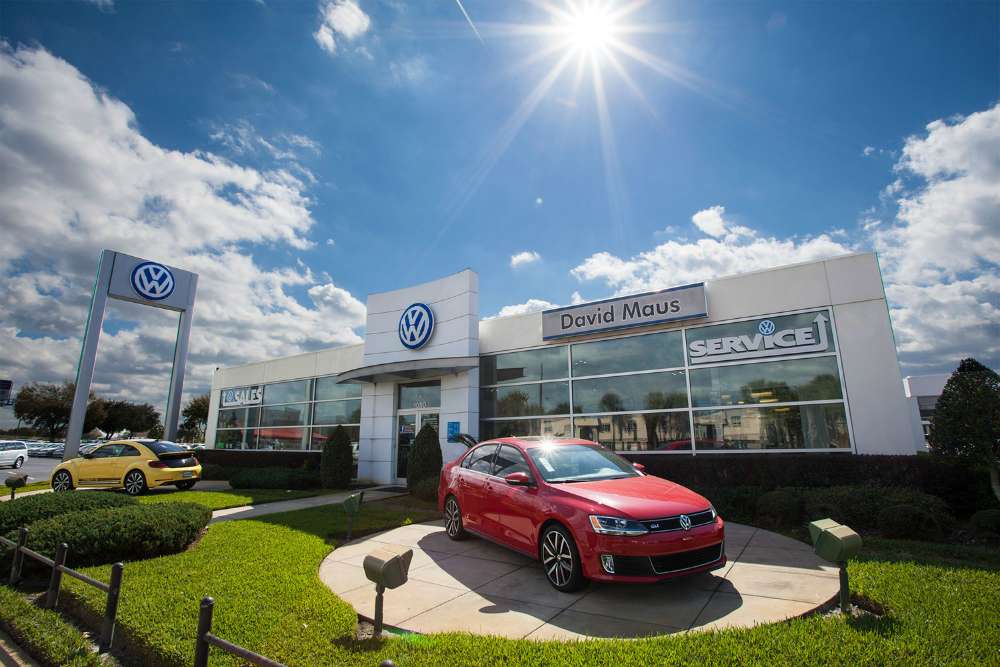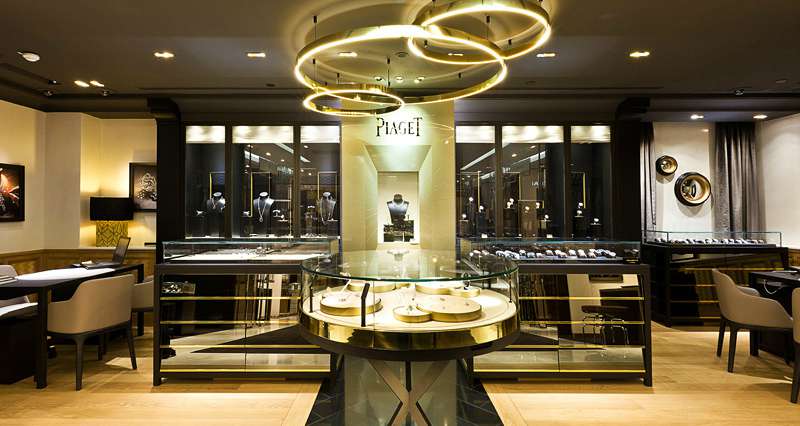I’m a big fan of the old(?) saying; you get what you pay for.
Buying the cheapest per se is a sure-fire way to get burnt. Luckily, after a few burns most of us start to grasp the concept of value. This price to quality ratio (value) is an invaluable tool when making purchasing decisions.
Let’s Talk Cars For A Change

Say you’re in the market for a new city car. You love Volkswagen and would like to stick to the VW-brand.
If you walk into your local VW dealer with a budget of R150 000 your best bet would be one of the entry-level Polo Vivo’s. This neat car get you safely from point A to B, and you’ll look good doing so.
Now let’s walk in with a budget of R300 000. It won’t take you more than 5 minutes to realise you’re in another league now. You can drive off with the stunning, safer and more luxurious Golf, or if you prefer, one of the sensible new Jetta’s. You’ll be getting way more car for your money.
As human’s we’re hard wired to think this way. Without getting a private investigator on the case you’ll bet your money that the Golf is indeed a better car than the Vivo. Right? I think so.
Back To The Jewellers
Unfortunately most luxury brands (think: watches, handbags, jewellery) ride on this fundamental assumption that a higher price = higher quality, when it’s often not the case beyond a certain point.
Many mall-based jewellers have crazily high overhead costs to cover and are betting on the public assuming the higher prices are indicative of superior quality.
Here are some of these significant costs that have nothing to do with the quality of products:
- Rental space in a mall can easily be 3 – 5 times more expensive per square meter than in a decent office building.
- Shop fittings in mall based jewellery stores need to be top-notch. Unfortunately it’s never done and dusted. According to mall regulations you need to completely revamp your store every couple of years. You’re talking millions per revamp to adhere to the set standards.
- Mall hours are longer than the permitted hours in the Employment Act. You’ll need at least a second set of expensive staff that will be entitled to over-time, after-hour and public holiday pay.
- Insuring the contents of a jewellery store in a mall with lots of unregulated foot-traffic is expensive. Especially in South Africa.
- You can imagine that properly stocking a jewellery store takes quite a few jewellery pieces. Unfortunately trends change and jewellers are always stuck with loads dead stock that needs to be melted down and remade.
All these costs need to be covered by the items that sell. Before any sort of profit margin is added the costs that need to be covered by product sales is very high.
So, how much are we talking? The costs associated to a product can easily be increased by 50% if we factor in these non-product related expenses. Add the wild profit margin that some of these stores command and you can easily end up paying double the price that any studio (office building) based jeweller would ask you.
Would you be getting a superior product for this doubling in asking price? More often than not it’s a simple nope. The premium you paid wasn’t to award Gunter his bonus for being the best goldsmith south of the North Pole. You bought the store a kitch gold-plated lamp to impress the mall inspectors. And window shoppers of course.
{{cta(‘62218ff5-fcae-47af-b46c-a4ec67dcf072’)}}

